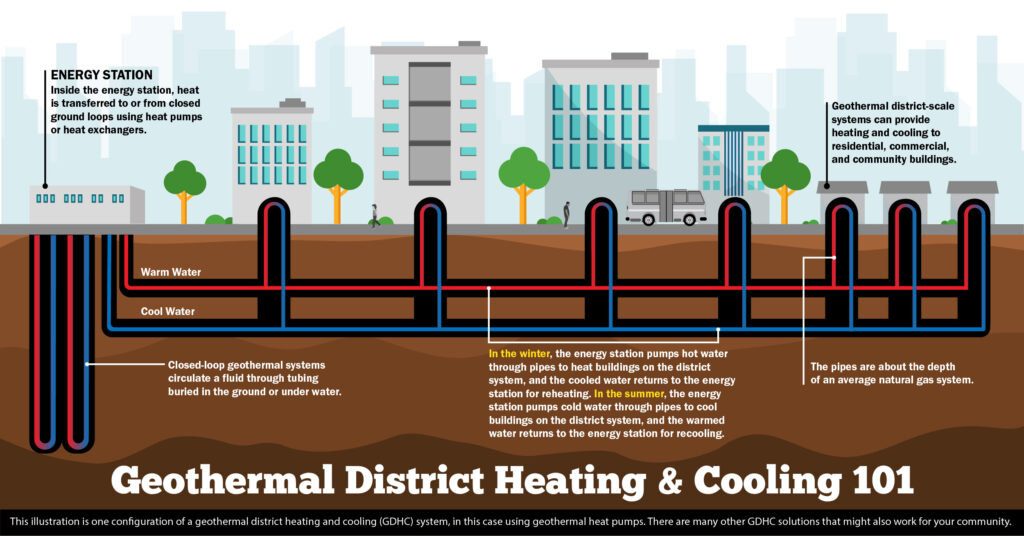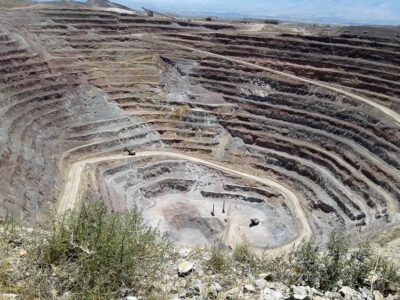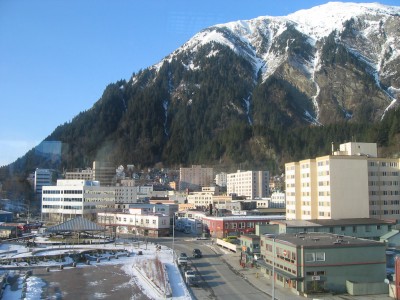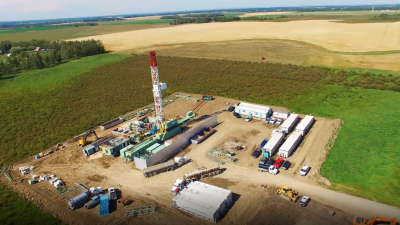US DOE study shows decarbonization potential of geothermal heat pumps
Mass-scale deployment of geothermal heat pumps can decarbonize buildings and the grid while saving energy, so says a new report by the US DOE, ORNL, and NREL.
The U.S. Department of Energy has published a new report that presents the potential impact on decarbonization efforts of national mass-scale deployment of geothermal heat pumps (GHPs). The study was conducted by experts at Oak Ridge National Laboratory and the National Renewable Energy Laboratory and funded by DOE’s Geothermal Technologies Office (GTO).
The full text of the report can be accessed via this link.
GHPs transfer heat to and from the ground by circulating water (or antifreeze solution in regions with cold climates) through underground piping. They are known to be beneficial in lowering building energy costs as they can supply heat at high efficiency and without fuel use. However, few studies have investigated the impacts on the electric grid of the large-scale deployment of GHPs.
Coupled with building envelope improvements, retrofitting around 70% of U.S. buildings with GHPs could reduce electricity demand by as much as 13% by 2050 versus decarbonizing without GHPs. This reduction in demand would avoid as much as 24,500 miles of new grid transmission lines by 2050. Most GHP equipment for the U.S. market is manufactured domestically, so increasing GHP deployment can also expand domestic industry and create local jobs to install and maintain the systems.
The analysis finds that mass GHP deployment paired with building envelope improvements creates value for the grid by reducing the need for generation capacity, storage, and transmission compared to other pathways. This means GHPs could improve power-grid reliability and provide benefits to all electricity consumers, even those who cannot install GHPs themselves. As demonstrated through the study, the mass deployment of GHPs can electrify the building sector without overburdening the US electric power system.
“Geothermal heat pumps offer enormous value for the nation’s energy future,” said Alejandro Moreno, Associate Principal Deputy Assistant Secretary for Energy Efficiency and Renewable Energy. “This report confirms that geothermal heat pumps are a ready-made strategy for decarbonizing our buildings while reducing the need for new electricity generation and transmission, and bringing energy savings to Americans nationwide—all while creating U.S. jobs.”
Based on the modeled scenarios of the study, the impact of mass deployment of GHP systems are as follows:
- Net reduction in annual electricity consumption and GHG emissions
- Reduced need for annual power generation
- Reduced need for power generation capacity and storage capacity
- Alleviating transmission build-out requirements
- Reduced summer and winter resource adequacy requirement
- Reduced CO2 emissions in the electric power system and building sector
- Reduced marginal system cost of electricity for consumers
- Reduced cumulative system cost of electricity
- Reduced regional peak load of electricity
- Improved reliability of regional electric power supply
Source: US Department of Energy


















